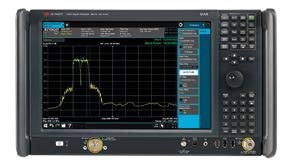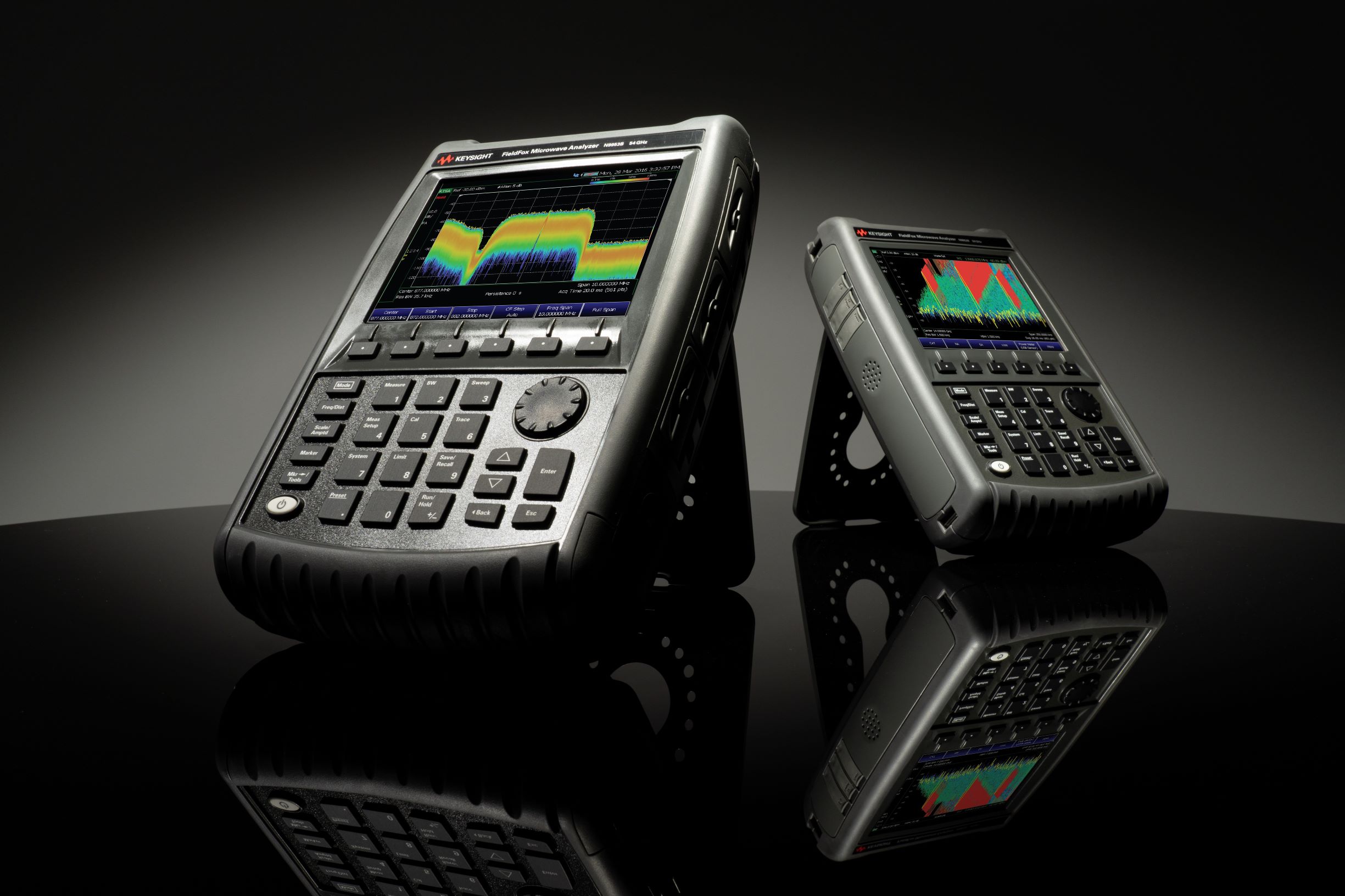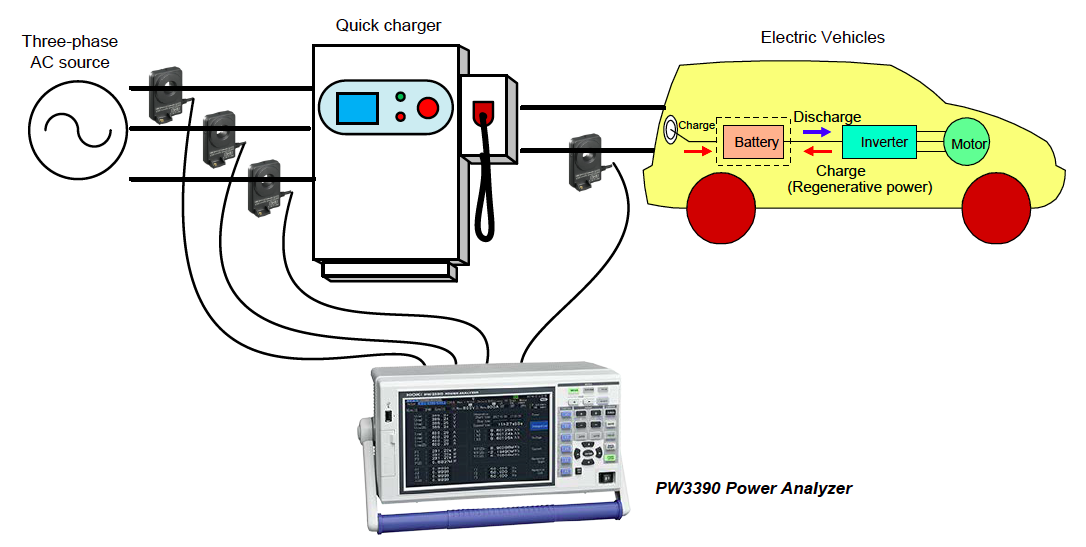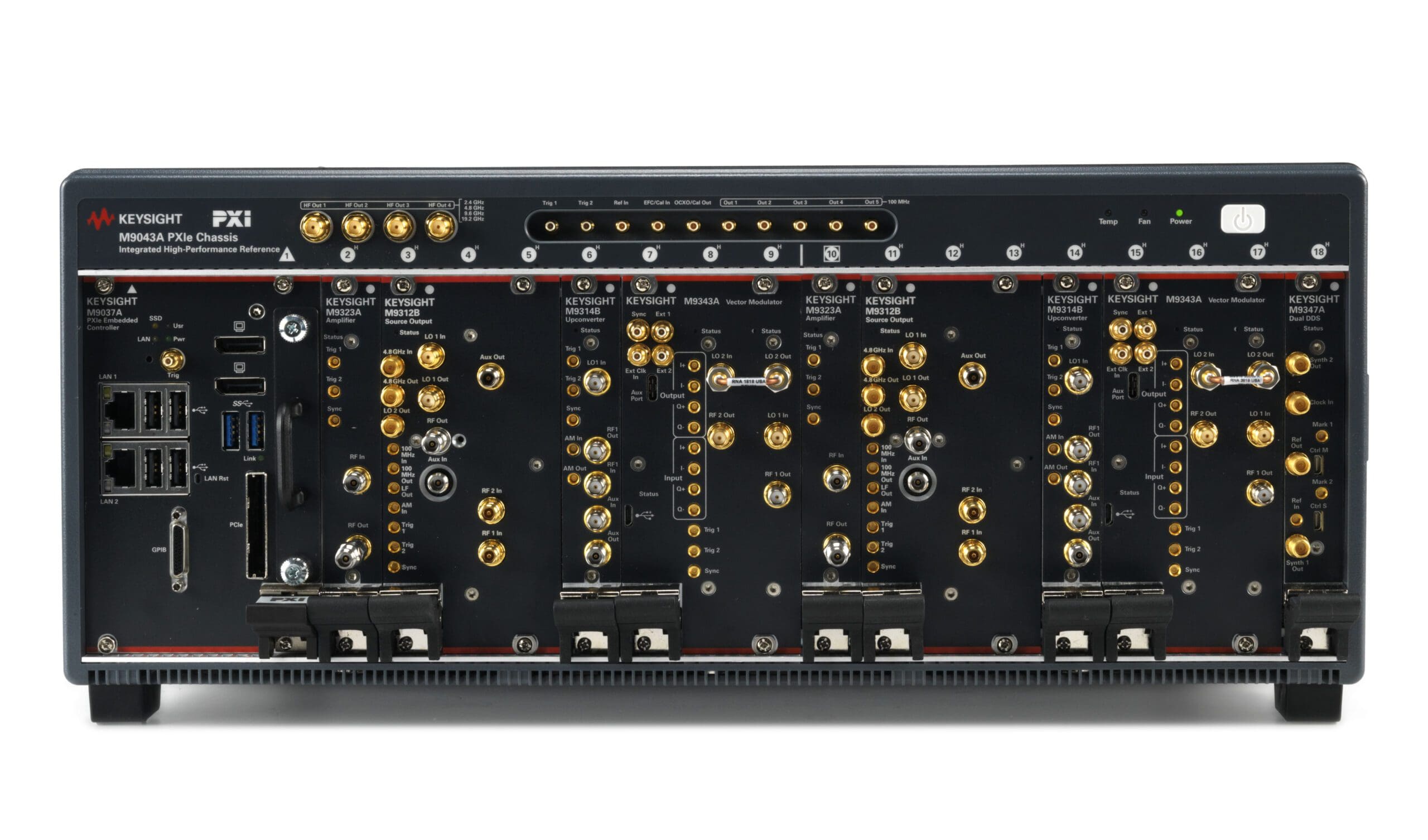As developers move deeper into the frequency band of electromagnetic waves, it is easy to fall into the trap of underestimating the difficulties that arise in design, simulation, measurement, and analysis. And it is that the behavior of the waves at 30 GHz, 300 GHz or 1 THz is very different from that of the signals in the base band, RF or microwaves. For example, at the respective wavelengths of 10mm, 1mm, or 0,3mm, the signals experience substantial propagation losses, especially at the resonant frequencies of oxygen, water, and carbon dioxide molecules. In addition, the challenges inherent in these circumstances make it difficult to generate energy, so it will become increasingly difficult to carry out calibrated measurements and obtain useful results. Engineers facing these challenges rely on test equipment manufacturers to help them in their efforts with tools that make it easier to access accurate and repeatable measurements at ever higher frequencies and wider bandwidths. Enabling the early adopters to advance is part of the identity of Keysight Technologies, whose latest releases are helping developers achieve the desired results at 110 GHz and beyond. Today, Keysight is the industry's leading innovator in marketing tools for simulation, test, and analysis at electromagnetic wave frequencies.
Work where technology and demand for electromagnetic waves converge
Electromagnetic wave technology has been in use for decades, especially in aerospace, defense, and return traffic applications, where the benefits justified the high development, manufacturing, and support costs. In recent years, advances in the manufacturing of electromagnetic wave devices have been reducing the cost of extremely high frequency (EHF) devices, making them more viable for consumer and commercial applications. For example, developers of complementary metal oxide semiconductor (CMOS) technology have produced devices with an fT of over 500 GHz, and some of them aim to push this inexpensive technology into the 1,0 to 1,5 THz range. Keysight itself has carried out revolutionary R&D when it comes to EHF components. Its staff's capabilities in microwave semiconductor technology have enabled the development of a state-of-the-art indium phosphide (InP) process that supports transistor switching frequencies of more than 300 GHz. This allows for the opening of higher circuit bandwidths. integrated and in final products such as an oscilloscope that will soon offer ground-breaking real-time and equivalent-time features.
Extension of signal analysis to electromagnetic wave frequencies
To develop commercial tools for extremely high frequencies, the proven combination of measurement science and experience in ondas that Keysight offers. The UXA X-Series N9041B signal analyzer realizes the company's unique capabilities, offering continuous frequency coverage from 3 Hz to 110 GHz in a single sweep. Its fully integrated instantaneous bandwidth is 1 GHz, and one IF output supports a maximum analysis bandwidth of 5 GHz when connected to an external Keysight oscilloscope. And for those on the lookout for fleeting or sporadic signals, Real-Time Spectrum Analysis (RTSA) capability boasts a maximum bandwidth of 250 MHz. The UXA analyzer's advanced front-end circuitry features efficient, low-loss mixing, for example, with an average display noise level (DANL) of only –150 dBm/ Hz when characterizing broadband signals modulated in the electromagnetic wave band. And so you don't have to choose, the analyzer offers two input connectors: a powerful and economical 2,4 mm input connector covers measurements up to 50 GHz, while the dedicated 1,0 mm input connector is designed with exact tolerances to ensure continuous sweeps and valid measurements up to 110 GHz. With these capabilities, the UXA is the star of Keysight's X-Series signal analyzers. Each X Series analyzer offers multi-touch functionality similar to that of a smartphone or tablet thanks to a large 14,2-inch screen on the UXA models and 10,6-inch screen on the PXA, MXA, EXA and CXA models. Measurement settings and displays are easily controlled using familiar gestures, such as single or double tap to select a parameter or expand a window, drag and pinch to zoom or scale a display, or long press an option to access its context menu . With a simple touch on the on-screen menu panel, a measurement bar, an annotation hotspot or a pop-up window, you directly access your main parameters, whether it is a simple task, such as spectrum analysis, or a complex digital demodulation. In general, most operations can be completed in just over two taps. This speeds up navigation through the capabilities of the screens and analysis functions, without losing the natural feeling of using a traditional analyzer when making basic spectrum measurements. These types of accessible features bring the user closer to the answers they are looking for, facilitating the connection between cause and effect.
Facilitate deeper analysis of complex signals
The seamless integration of the analyzer and Keysight software and applications puts advanced analysis and the latest data at the user's fingertips, literally. X-Series applications offer proven, ready-to-use measurements for signal analysis. By capturing the entire measurement experience and delivering repeatable results, apps make it easy to understand device and design performance. Keysight's VSA 89600 software is a comprehensive set of tools for demodulation and vector signal analysis. To better identify the source of signal problems, the VSA 89600 also offers capture/playback capabilities that allow for detailed post-processing analysis with advanced triggering measurements and post-capture magnification tuning. With these tools, developers can explore virtually every facet of a signal and optimize their most advanced designs.
A history of leadership of electromagnetic waves
Although electromagnetic wave technology has only just begun to appear in commercial applications, Keysight has been decades ahead of its game. Its first gigahertz products date back to 1967, with the release of the HP 8410 Network Analyzer, which measured up to 12 GHz and calculated S-parameters. In the late 26,5s, the company launched its first electromagnetic wave equipment, with signal generators above 45 GHz (with upconverters) and broadband network analyzers from 100 MHz to XNUMX GHz. Since then, some of the major releases include 67 GHz network analyzers (PNA, 2006) and 50 GHz handheld spectrum analyzers and combined analyzers (FieldFox, 2015). Other examples are a 90 GHz wide-bandwidth oscilloscope (Infiniium DCA-X 86100D); a 68 GHz wideband transceiver (E7760A); 67 GHz Microwave Network Analyzers, expandable to 1,1 THz (PNA-X); a 67 GHz analog signal generator, expandable to 1,1 THz (PSG E8257D); 63 GHz oscilloscopes (Infiniium Z Series), and a 50 GHz PXIe high-performance vector signal analyzer (M9393A). Keysight released the UXA N9041B analyzer in October 2016. Through the use of frequency-expanded products from two of our solution partners, Virginia Diodes, Inc. (VDI) and OML, Inc., many of Keysight's signal generators, spectrum analyzers, and network analyzers can span frequencies between 50 GHz and 1,5 THz. For example, a recently deployed solution includes spectrum analysis capability up to 1,5 THz. Keysight's software products address the need to integrate design, simulation, measurement, and analysis at electromagnetic wave frequencies. Design and simulation software solutions enable an efficient workflow that accelerates the development of next-generation devices and systems. Keysight's EEsof EDA family includes circuit simulators, electromagnetic field solvers, and device modeling solutions that help engineers improve their bottom line, from first design to first prototype. In fact, the N9041B analyzer R&D team used Keysight's Advanced Design System (ADS) software to get the first correct designs of electromagnetic wave filters used at the analyzer input. Bottom Line High-tech engineers have relied on Keysight for more than 75 years for easier access to accurate, repeatable measurements at ever-higher frequencies and wider bandwidths. Today, the company reaffirms its leading position by offering R&D engineers tools to carry out designs, simulations and measurements at electromagnetic wave frequencies.








